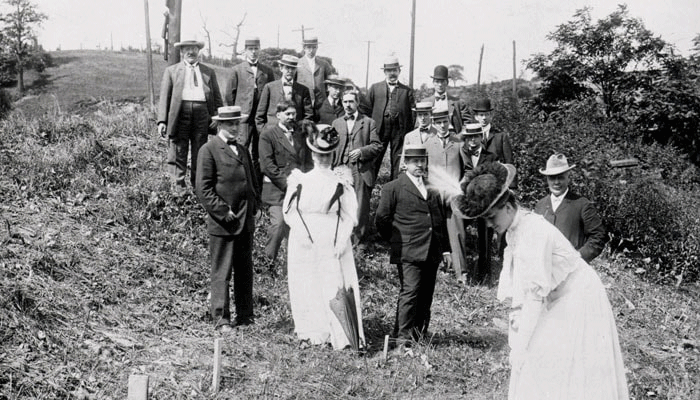The History of Andrew Carnegie and a Humble Trade School
What would Andrew Carnegie think of his “humble trade school” if he would spend time at Carnegie Mellon today? Known for his trademark optimism, he would no doubt revel in CMU’s success — a trade school that graduated its first class in 1908 and became an internally renowned research university in less than a century later — even though his personal interactions with the Carnegie Technical Schools and Carnegie Institute of Technology were few and far between.
His heart would still be in the work.
1900
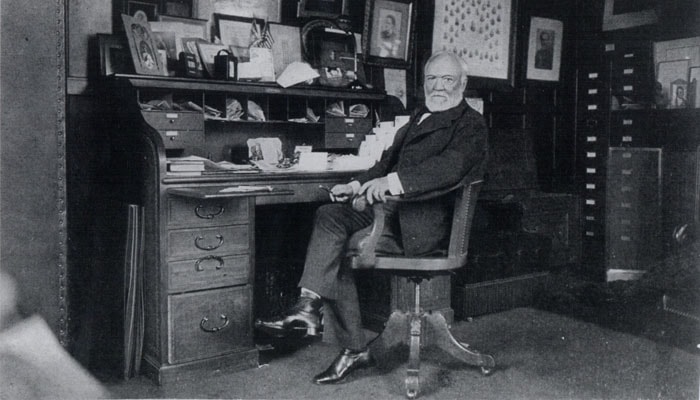 Unimpressed by liberal arts institutions, Andrew Carnegie founded a set of four technical and trade schools — School of Science and Technology, the School of Fine and Applied Arts, the School for Apprentices and Journeyman, and the Margaret Morrison Carnegie School for Women — offering two-year and three-year diplomas to workers in Pittsburgh and its neighboring towns with an endowment gift of $1 million in gold bonds.
Unimpressed by liberal arts institutions, Andrew Carnegie founded a set of four technical and trade schools — School of Science and Technology, the School of Fine and Applied Arts, the School for Apprentices and Journeyman, and the Margaret Morrison Carnegie School for Women — offering two-year and three-year diplomas to workers in Pittsburgh and its neighboring towns with an endowment gift of $1 million in gold bonds.
1912
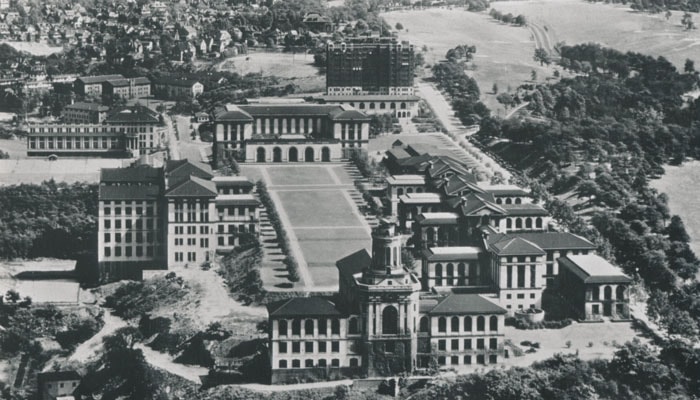 Soon faced with the demand for baccalaureate programs, Carnegie Technical Schools began offering bachelor's degrees through its College of Engineering and College of Fine Arts, becoming the Carnegie Institute of Technology, or "Carnegie Tech."
Soon faced with the demand for baccalaureate programs, Carnegie Technical Schools began offering bachelor's degrees through its College of Engineering and College of Fine Arts, becoming the Carnegie Institute of Technology, or "Carnegie Tech."
1913
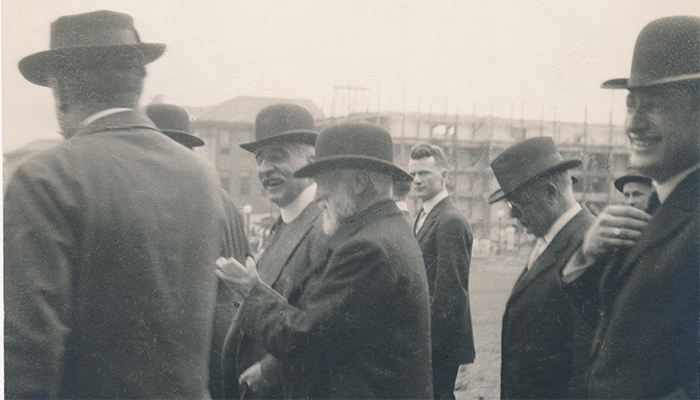 By this year, Andrew Carnegie had contributed $215 million (in current figures) from his personal funds to the school, which used the money to erect 20 buildings and to establish Tech ‘s original endowment fund. After 1913, an additional $180 million came to Tech and Carnegie Mellon from the Carnegie Corporation. That’s a total of nearly $400 million.
By this year, Andrew Carnegie had contributed $215 million (in current figures) from his personal funds to the school, which used the money to erect 20 buildings and to establish Tech ‘s original endowment fund. After 1913, an additional $180 million came to Tech and Carnegie Mellon from the Carnegie Corporation. That’s a total of nearly $400 million.
1919
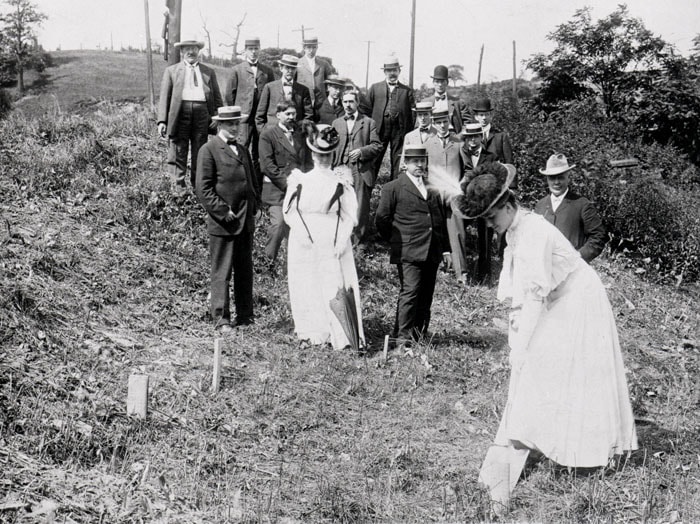 Andrew Carnegie only visited the school that bears his name five times before his death in 1919, and four of those five visits coincided with meetings at the Carnegie Institute that he attended. In 1914, he spent two days with students at Tech, following the unveiling of a statue of Scottish poet Robert Burns. He cheerfully responded to notes from students and opened his purse to Tech President Arthur Arton Hamerschlag when Hamerschlag appealed for funds for new buildings or the endowment.
Andrew Carnegie only visited the school that bears his name five times before his death in 1919, and four of those five visits coincided with meetings at the Carnegie Institute that he attended. In 1914, he spent two days with students at Tech, following the unveiling of a statue of Scottish poet Robert Burns. He cheerfully responded to notes from students and opened his purse to Tech President Arthur Arton Hamerschlag when Hamerschlag appealed for funds for new buildings or the endowment.
